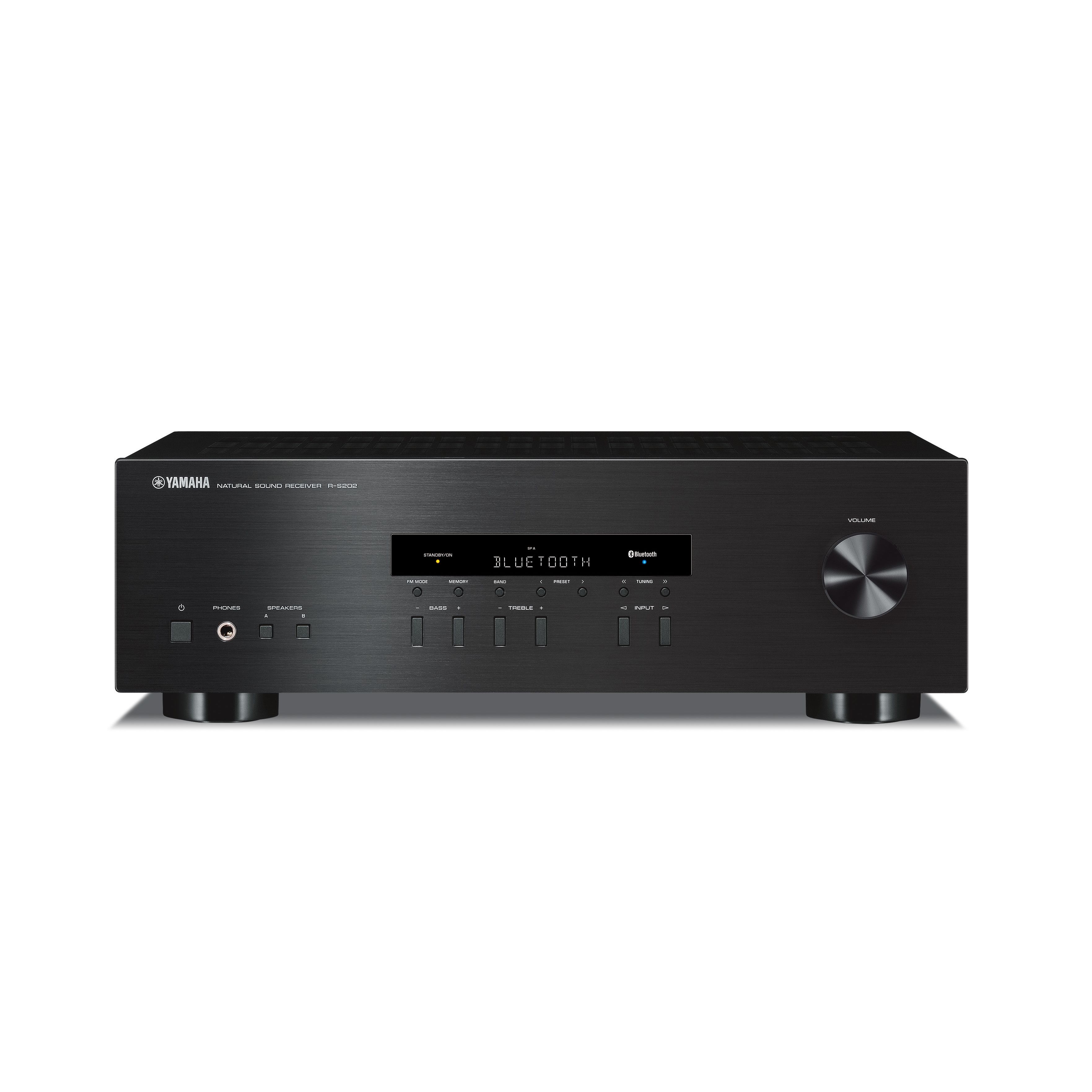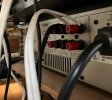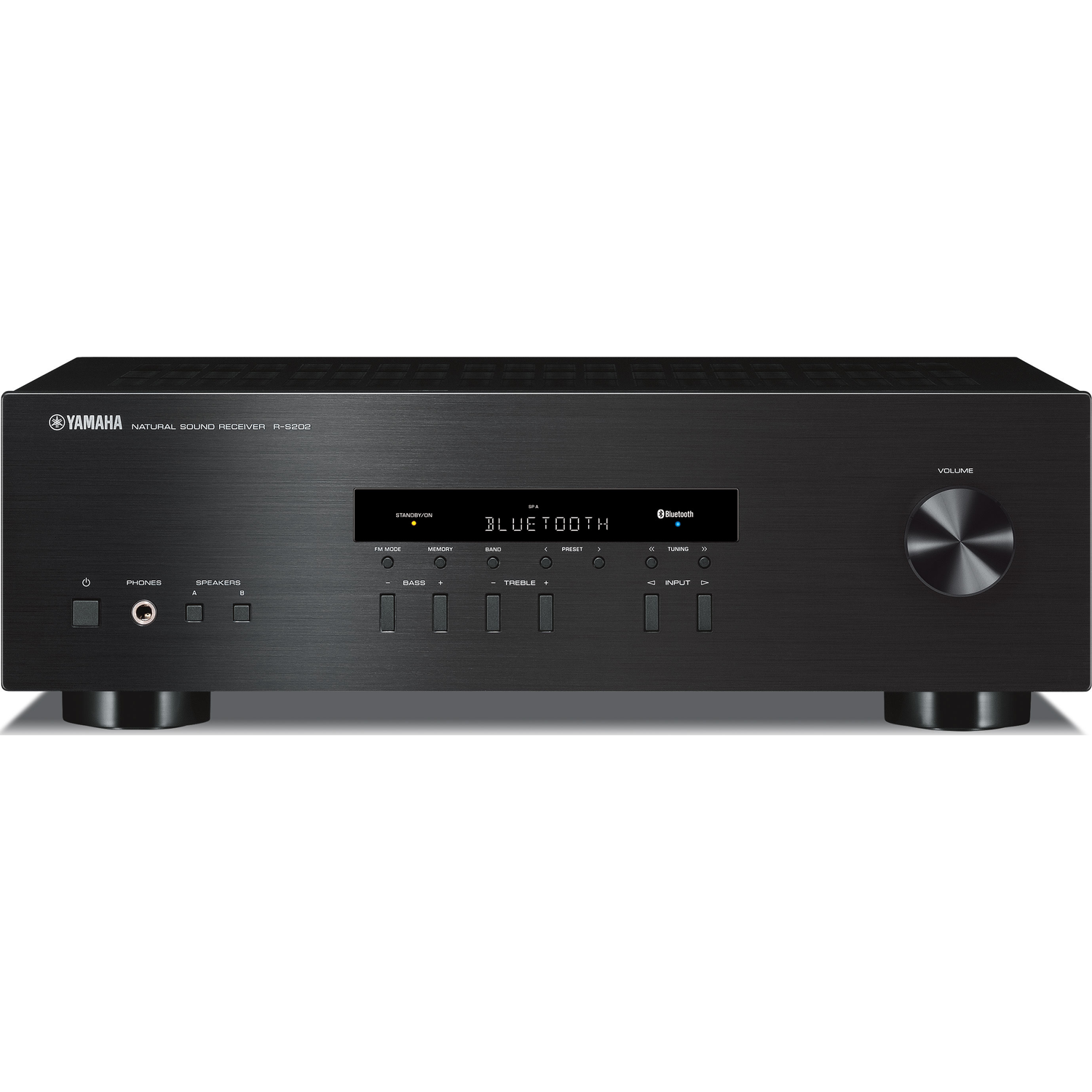The Loxjie A40 seems to be pretty attractive too, I could be tempted but hesitating. For roughly the same price, it's neater, smaller than this Yam, it has even more functionnalities than the Yam - it adds a phono input (don't know if it's good or just an added feature for following the vinyl trend), plus some basic EQs that can arguably replace the variable loudness of the Yam.
BUT (there are always buts !) : as for reliability, I don't know if it matches the Yam. And not sure service for repair can be easily found for these chinese brands in case of problem.
And also, the Yam is completely load independant, thanks to its long established schematic of class AB implementation. The Infineon class D module used in the Loxjie or other SMLS amps is rather good but not "post-filter feedback -PFFB". For a full range amp, it can cause some problems in the treble, depending on the speaker you use, of course. Used in a bi or tri amped speaker, the Infineon module works fine, but for an integrated full range amp, i'm not sure it's an universal solution.
All in all, the Yam may be a more "comforting" buy : brand reputation, service and reliability, classic looks, no problem in treble range.

www.audiosciencereview.com




